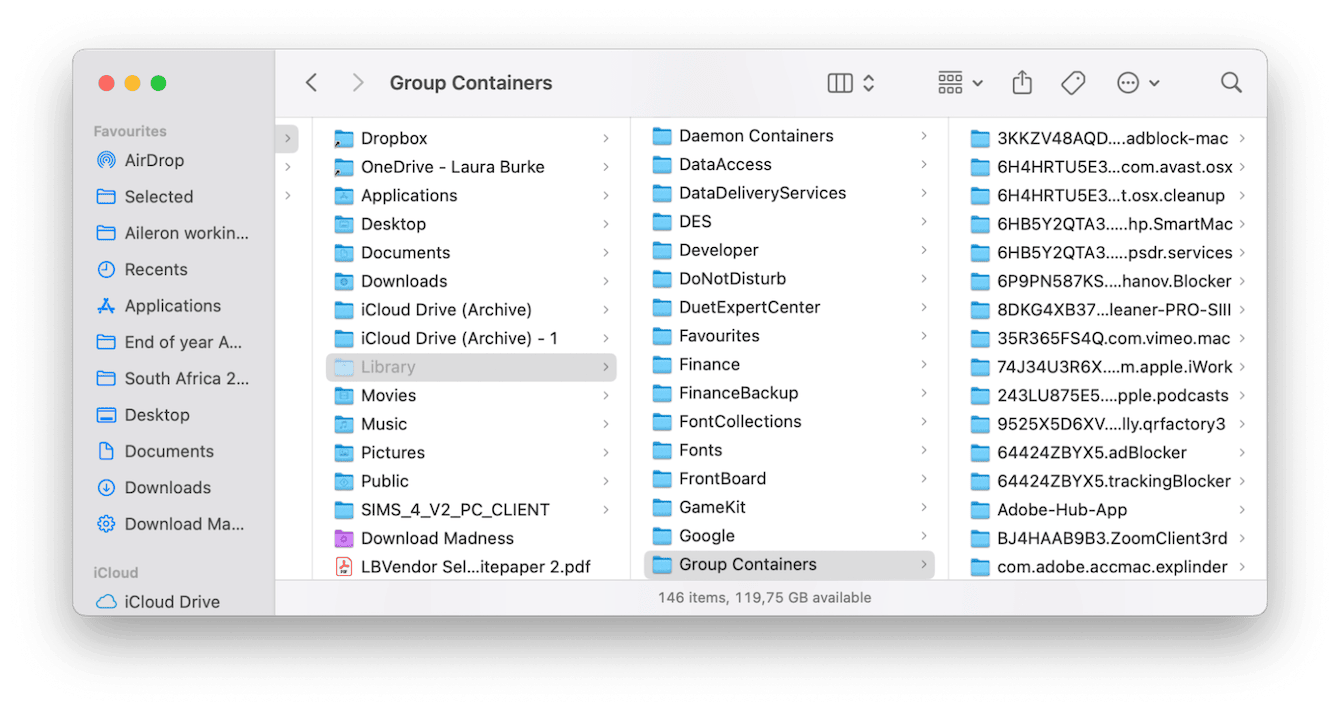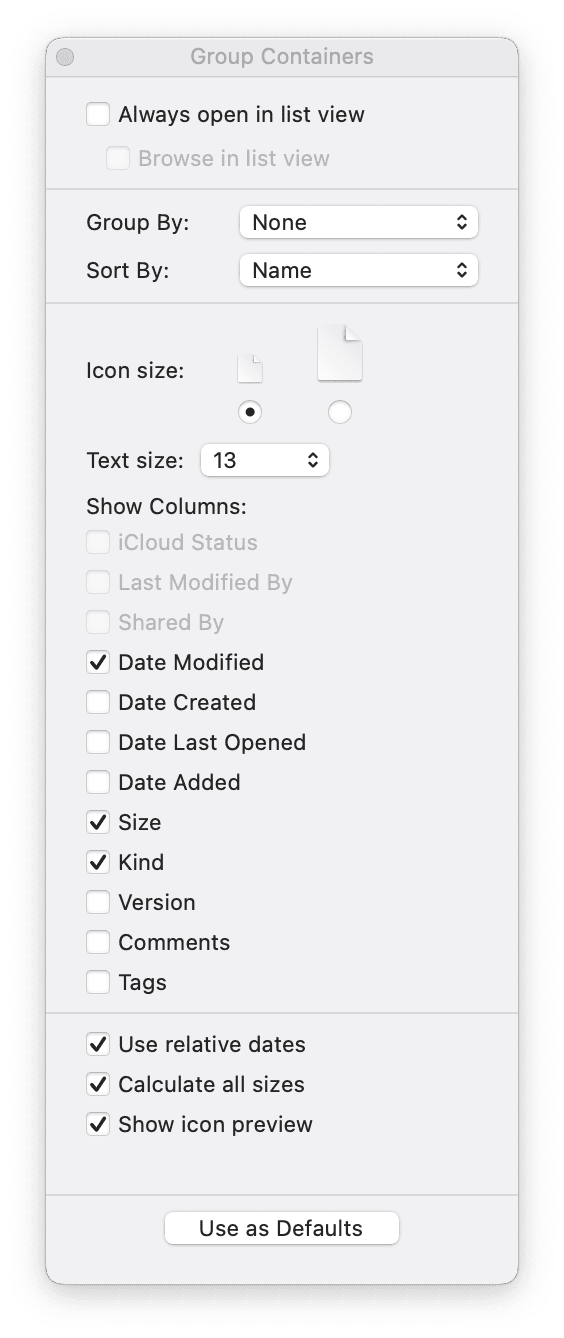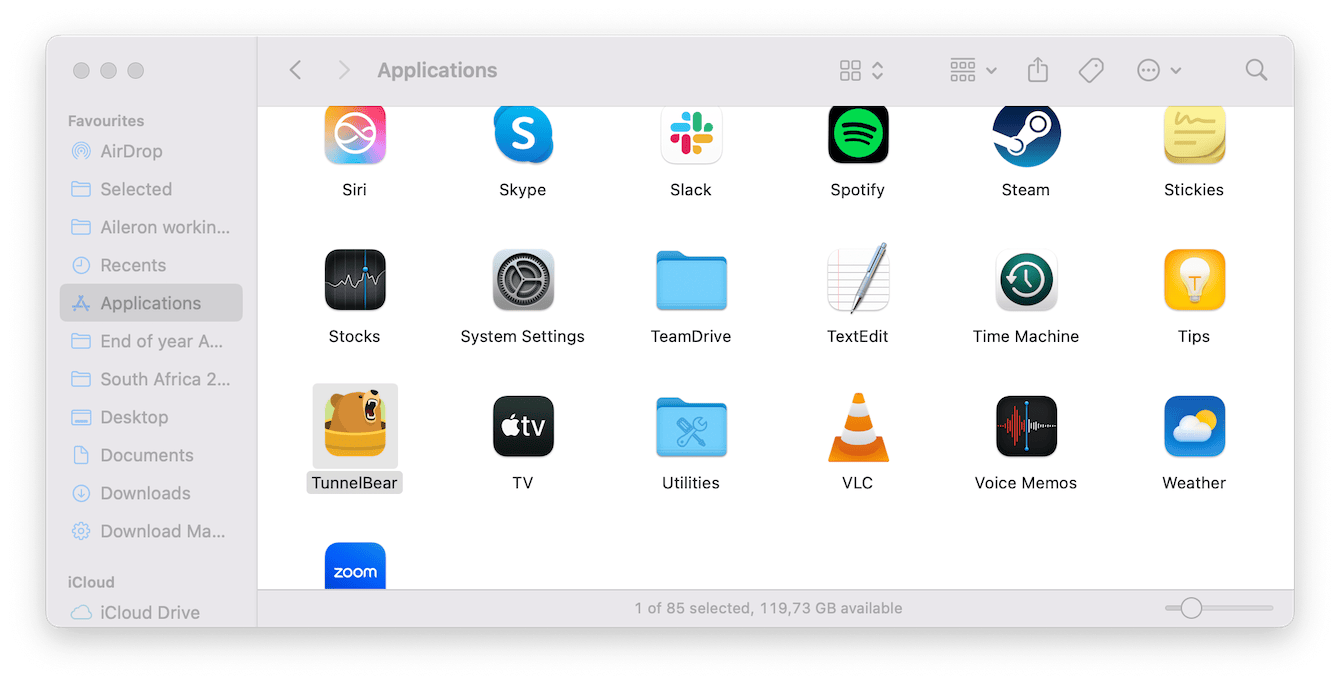Group Containers folder Mac: what is it and how to find it?
Group Containers folder on a Mac is one of those hidden spots in your Library that you might come across when you're trying to solve critically low storage or fix a glitchy app. I've stumbled across it more than once, and, to my surprise, some of the files can be huge.
If you're asking if it's safe to delete or how to even find it, stick with me, I'll walk you through everything there is to know.
What's important to say early is these folders aren't just digital clutter. I'll get into more detail in the section below, but that's why it's worth understanding what they do, what can be cleaned, and how to safely manage it without breaking anything. Let's get started.
What are Group Containers on Mac?
If you're trying to free up space, reset a stubborn app, or understand how macOS handles shared app data in 2025, knowing what Group Containers on a Mac do (and don't do) is pretty useful.
Group Containers are special folders used by sandboxed apps to share data securely between each other. Normally, every app on your Mac runs in its own sandbox for security reasons, meaning it can't touch files from other apps. But sometimes, apps from the same developer (like an app and its helper tool, or a suite like Microsoft Office or Adobe apps) need to exchange files, preferences, or user data. That's where Group Containers come in. You could think of them as a shared workspace, which certain apps use to communicate and share data.
OK, so where can you find them? Keep on reading.
Where is the Group Containers folder on a Mac located?
It's tucked away in your user Library by default; macOS hides it so you don't accidentally mess with sensitive files. Here's how I pull it up:
-
Open up a new Finder window.
-
Click Go (top menu bar), then Go to Folder.
-
Paste in: ~/Library/Group Containers and hit Return.

You'll see subfolders named with developer identifiers. If you're curious about how much space each one uses, switch the Finder to List view and from the menu bar, click View > Show View Options > Calculate all sizes.

Can I delete the Group Containers folder on Mac?
Everyone wants to know if they can delete the Group Containers folder on Mac. Well, the short answer is, yes, you can, but it's not something to take lightly.
Deleting the entire Group Containers folder can break apps or cause lost data. However, if you're absolutely sure it's safe, you might remove just that subfolder. Here's a method I've tested:
-
Back up the container first (either with an external drive or sync the folder to a cloud storage).
-
Uninstall the app from the Applications folder.
-
Go back into the Finder and delete its container folder.
-
Reinstall the app.
-
It rebuilds only what it needs.

Still, I only do this with caution, and if I'm certain it won't cause system or app issues. If you've got really data-heavy, space hogging files, you'.
How do you manage the Group Containers folder on a Mac for large files?
If you do find really large Group Containers folders, then it's important you handle these safely. Instead of just hitting delete, I first perform some maintenance and cleanup tasks on my Mac to see if I can reduce the file size. I use CleanMyMac to help with these tasks, so I can rest assured that nothing important is removed. Here's how:
-
You can test CleanMyMac for free for seven days — get your free trial here.
-
Run the Cleanup feature first from the sidebar to clear old caches, log files, and system junk that could be taking up indirect space. Simply click Cleanup > Scan > Clean.

- Next, go to Performance > Scan and take a look at the recommended Maintenance tasks. Select tasks and click Run.

This should help to bring down the size of your Mac Group Containers folders. If it doesn't, you can try the steps I mentioned earlier in the article, backing up the container folder first, then removing the app, deleting the container, and reinstalling.
When it comes to best practices for Mac Group Containers folder management, I would say keep an eye on them. They may be hidden, but it's probably wise to check them regularly. Personally, I check them every couple of months, and I use the tools I trust from CleanMyMac to help reduce file size safely.

